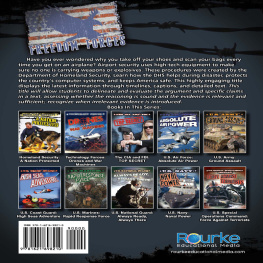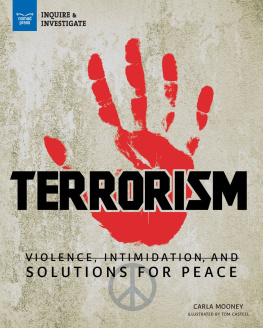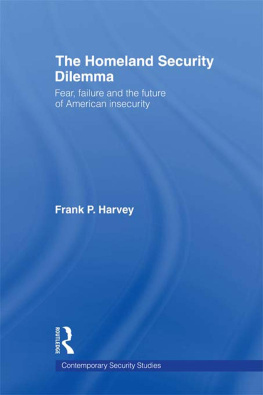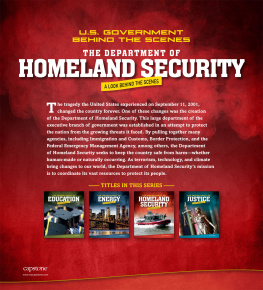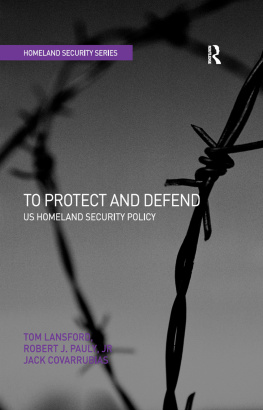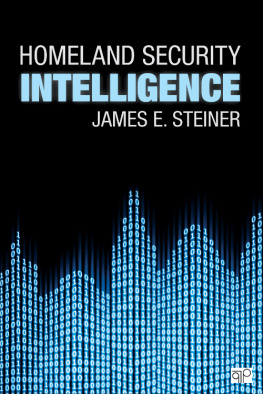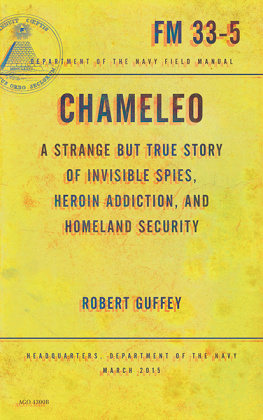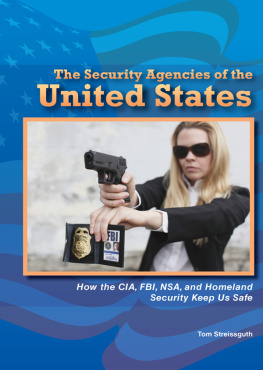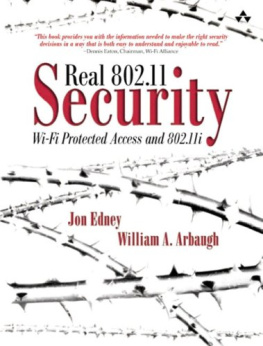Table of Contents
Guide
Level: U Word Count: 1,174 Words
100th Word: also
Content Area Vocabulary:
Read the list. What do these words mean?
biological weapons
borders
cyber attacks
disasters
explosives
immigration
prevent
security
suspicious
weapons
Building Background Knowledge
Before reading a book, it is important to tap into what your child or students already know about the topic. This will help them develop their vocabulary, increase their reading comprehension, and make connections across the curriculum.
| Look at the cover of the book.
What will this book be about? |
| What do you already know about the topic? |
| Lets study the Table of Contents.
What will you learn about in the books chapters? |
| What would you like to learn about this topic?
Do you think you might learn about it from this book? Why or why not? |
| Use a reading journal to write about your knowledge of this topic. Record what you already know about the topic and what you hope to learn about the topic. |
| Read the book. |
| In your reading journal, record what you learned about the topic and your response to the book. |
| Complete the activities at the end of the book. |

2014 Rourke Educational Media LLC
All rights reserved. No part of this book may be reproduced or utilized in any form or by any means, electronic or mechanical including photocopying, recording, or by any information storage and retrieval system without permission in writing from the publisher.
www.rourkeeducationalmedia.com
PHOTO CREDITS: Cover photo by James Tourtellotte, CBP photography, Barbed wire background LanaN; back cover and title page: flag SFerdon; Page 4 seal courtesy U.S government, airport photo James Steidl; Page 4/5 Ints Vikmanis; Page 6 charles taylor; Page 8 Dan Howell; Page 8/9 TSGT CEDRIC H. RUDISILL, USAF; Page 10/11 James Tourtellotte CBP; Page 11 Secret Service Seal courtesy U.S government, photo Department of Defense; Page 12 James Tourtellotte CBP; Page 13 FBI photo; Page 14 Billy Hathorn, helicopter photo James Tourtellotte CBP; Page 15 port photo Charles Csavossy, CBP photography; Page 16 James Tourtellotte CBP; Page 18 Boarder Patrol patch courtesy U.S. government, map Hibrida; Page 19 Gerald L. Nino, dog photo James Tourtellotte CBP; Page 20 Gerald L. Nino; Page 21 finger print sheet David Alary, James Tourtellotte CBP; Page 22/23 Jocelyn Augustino FEMA; Page 23 FEMA; Page 24/25 Leonard Zhukovsky; Page 25 Leonard Zhukovsky; Page 26 Brian Guest; Page 28 George Bush courtesy of U.S. federal government, seal courtesy of U.S. government, Hurricane Katrina photo NASA; Page 29 Deepwater Horizon photo U.S. Coastguard, Hurricane Sandy photo NOAA
Edited by Precious McKenzie
Designed and Produced by Blue Door Publishing, FL
Library of Congress Cataloging-in-Publication Data
Homeland Security: A Nation Protected / Carla Mooney
p. cm. -- (Freedom Forces)
ISBN 978-1-62169-926-2 (hard cover) (alk. paper)
ISBN 978-1-62169-821-0 (soft cover)
ISBN 978-1-62717-030-7 (e-book)
Library of Congress Control Number: 2013938878
Rourke Educational Media
Printed in the United States of America,
North Mankato, Minnesota


rourkeeducationalmedia.com
PO Box 643328 Vero Beach, Florida 32964
TABLE OF CONTENTS
CHAPTER ONE
SECURING THE NATION
Have you ever wondered why you take off your shoes and scan your bags every time you get on an airplane? Airport security uses high-tech equipment to make sure no one is carrying weapons or explosives. These procedures were created by the Department of Homeland Security (DHS). It is one way the department keeps America safe.
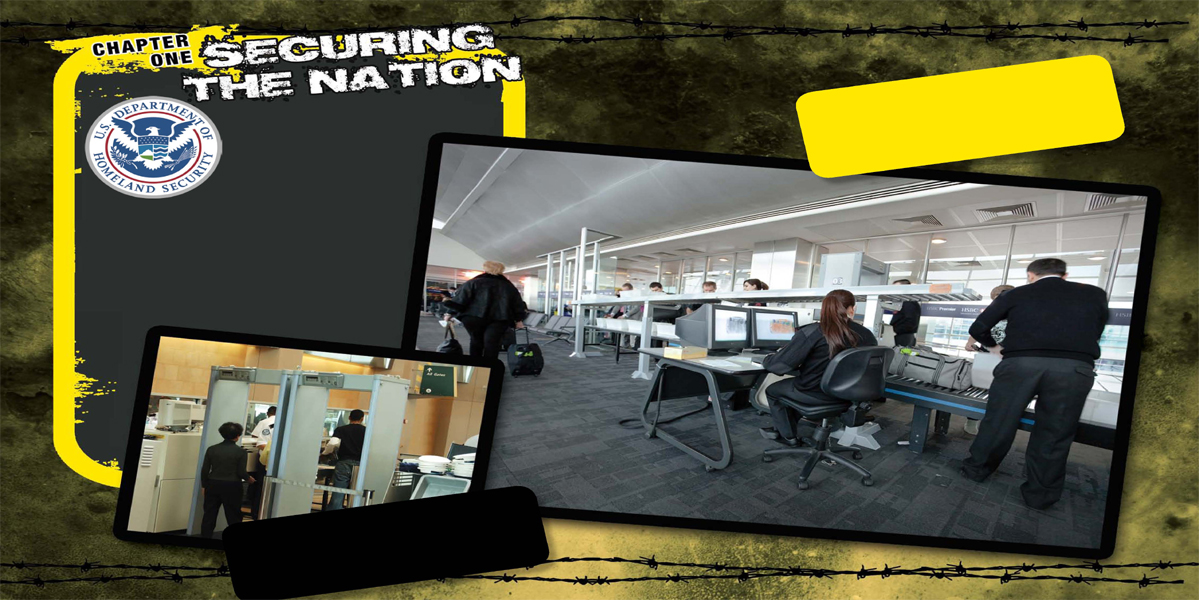
The Aviation and Transportation Security Act in 2002 requires that all passenger screening be conducted by federal employees. As a result, screening is now provided by the Department of Homeland Security.
The Explosive Detection System machines can quickly capture an image of a single bag and determine if a bag contains a potential threat item.
FREEDOM FACT
Every day, DHS screens 1.8 million travelers and their bags for explosives and other banned items.
The DHSs mission is to protect the United States from the many threats it faces every day. The Department has five main responsibilities. One of its top priorities is to prevent terrorism in the United States and against Americans worldwide. The DHS also secures the countrys borders. It ensures that people entering, living, and working in America have legal status to do so. In addition, the DHS protects the countrys computer information systems. The DHS is also responsible for helping during disasters such as hurricanes, floods, and tornadoes.
Keeping America safe is an enormous job. Twenty-two different federal departments and agencies make up the DHS. Each department is an important piece of DHSs ultimate goal, keeping America safe.

A U.S. passport is required for all foreign travel by U.S. citizens. Your passport serves as a key that allows you to exit and enter the United States.
With more than 200,000 employees, the DHS is the third largest Cabinet department, after the Departments of Defense and Veterans Affairs.
CHAPTER TWO
ATTACK ON AMERICA
On September 11, 2001, terrorists hijacked four airplanes. They flew the planes into the World Trade Center in New York City and the Pentagon in Washington, D.C. Nearly 3,000 people died in the attacks. Many people had believed that terrorist attacks only happened in other countries. Now, everyone knew terrorists could strike at home.
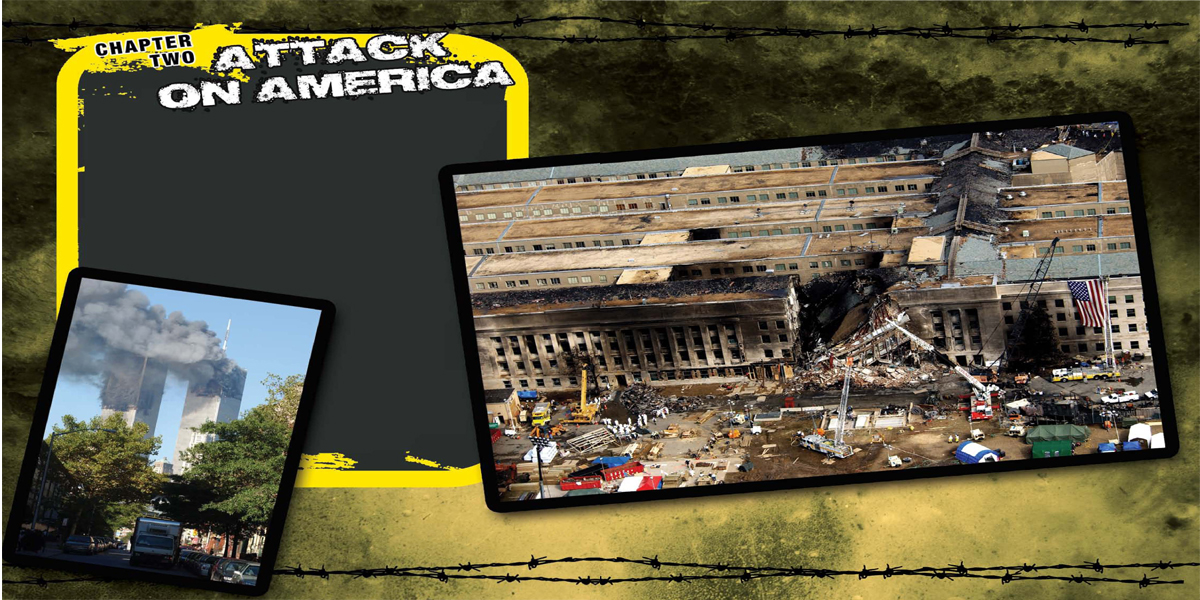
Along with the 110-floor Twin Towers, numerous other buildings at the World Trade Center site were destroyed or badly damaged.
The Pentagon was severely damaged by the impact of American Airlines Flight 77 and ensuing fires, causing one section of the building to collapse.

